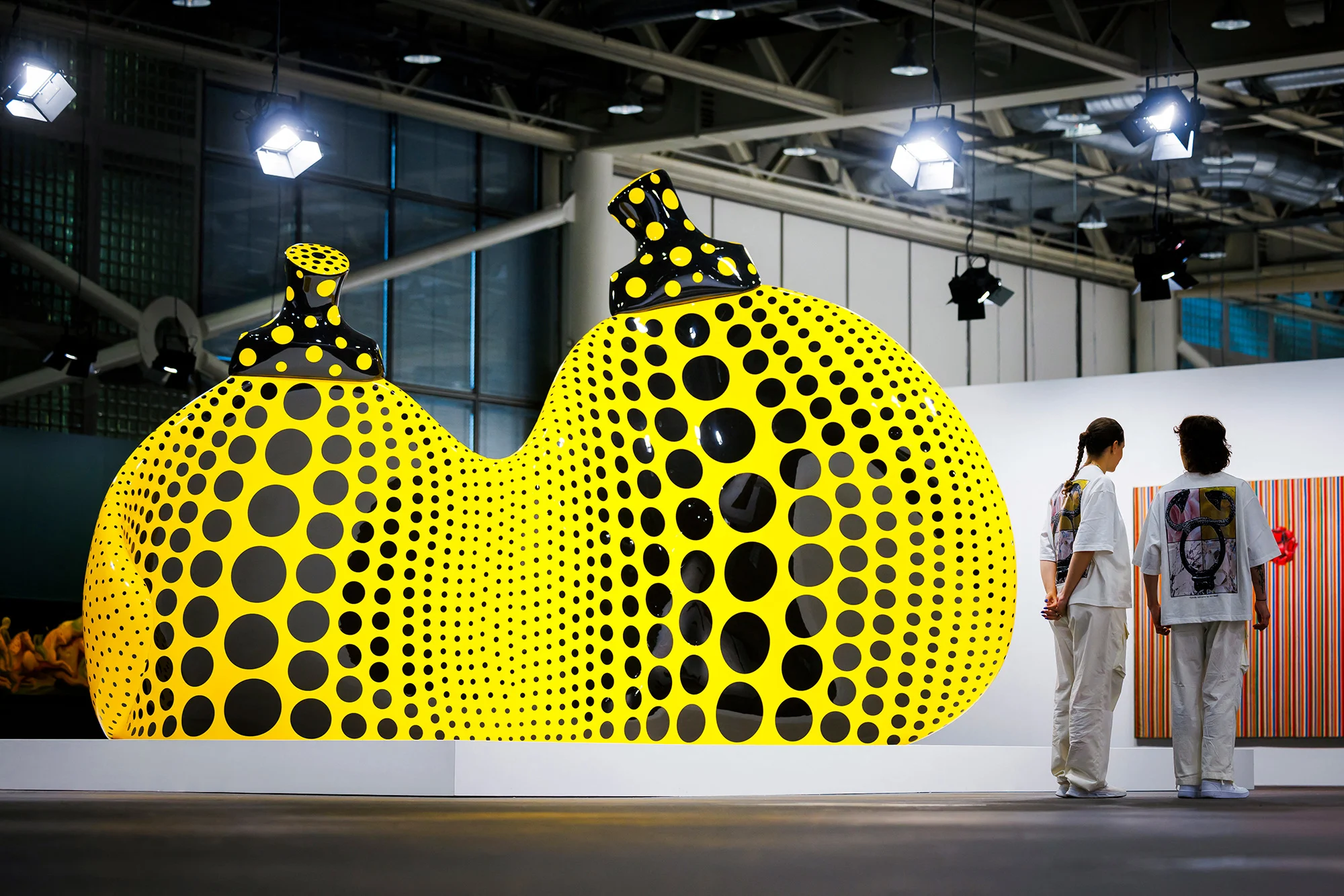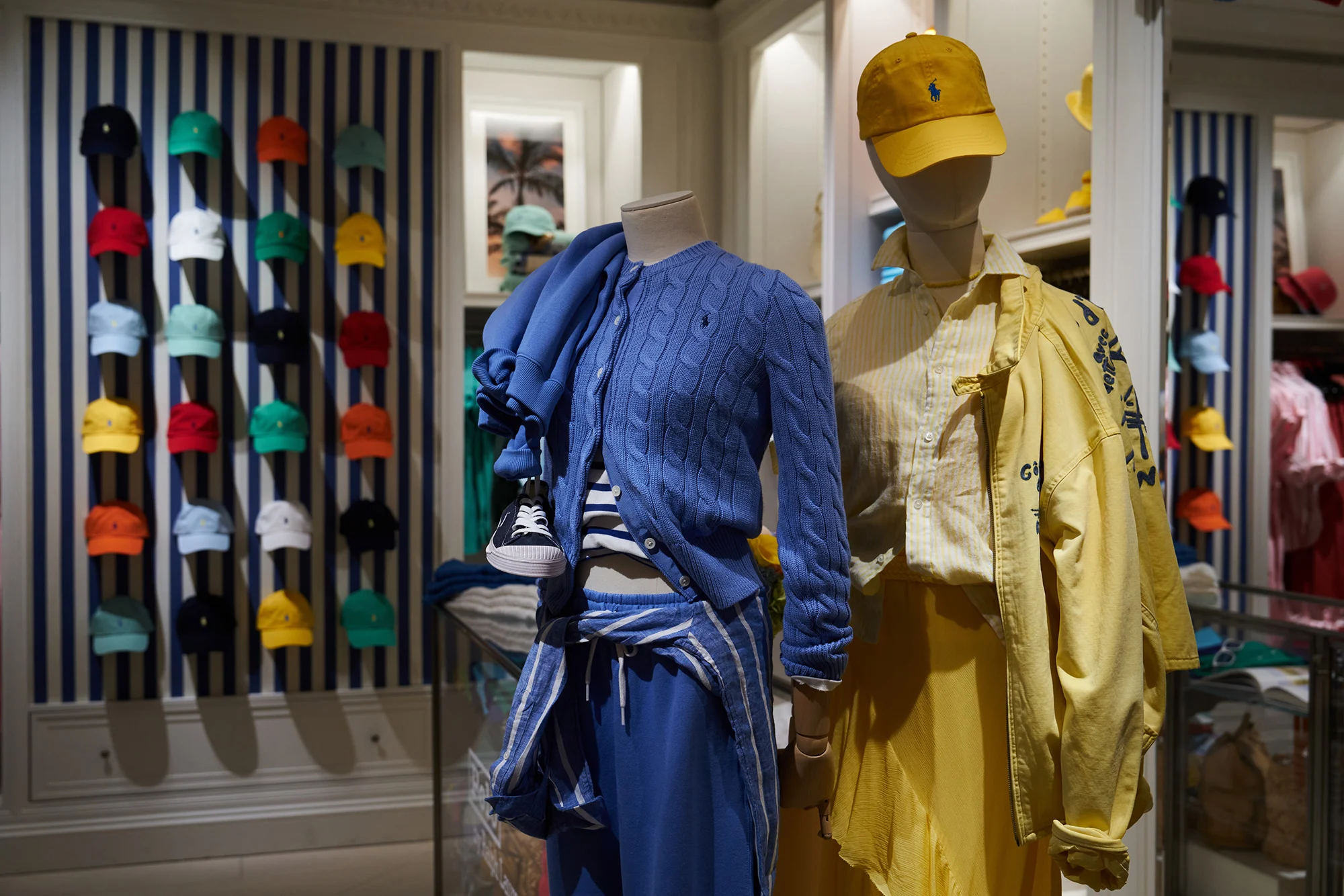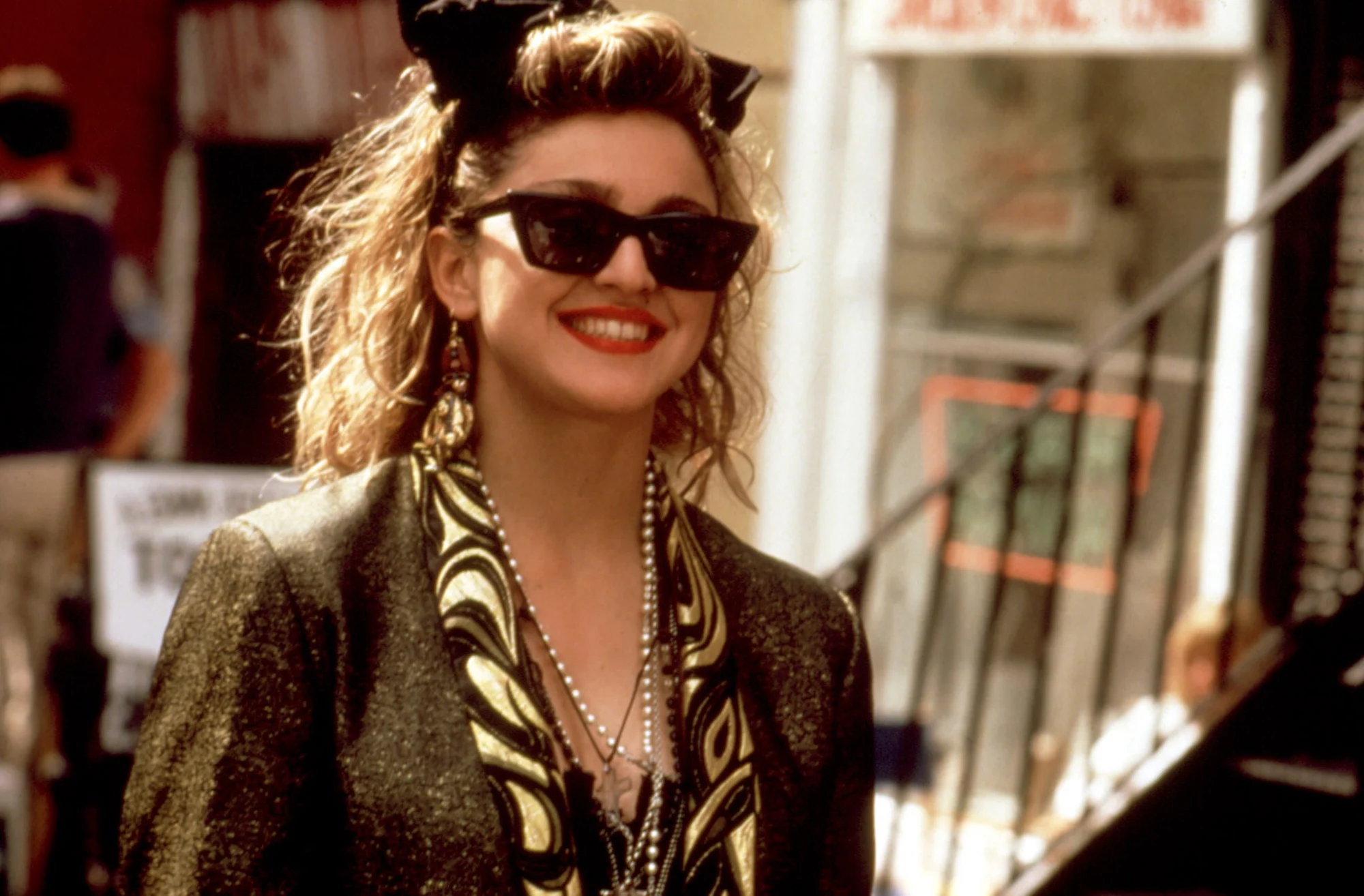
Global sales of art and antiques have fallen for the second year in a row, dropping by 12% in 2024 to an estimated $57.5 billion, according to the latest Art Market Report from Art Basel and UBS.
“It’s been a tough year overall,” said Clare McAndrew, founder of Arts Economics, the firm behind the report, in an interview with The Art Newspaper.
The 2024 decline marks the third-largest contraction of the global art market in the past 15 years, trailing only the 2009 recession (-36%) and the 2020 Covid-19 pandemic (-22%). It also mirrors the 12% drop recorded in 2012.
Sales decreased across nearly all regions, with China seeing the sharpest decline, down by 33%. The United States, the largest art market, experienced a 9% drop, while France and Italy saw reductions of 10%, and South Korea’s market shrank by 15%. The United Kingdom, despite the challenges posed by Brexit, saw a more modest contraction of 5%, maintaining its position as the second-largest art market.
The report suggests that the market slowdown mirrors the trends of 2023, where a 4% dip was noted, with high-value sales most impacted by ongoing geopolitical tensions, economic pressures, and evolving buying habits.
The contemporary art sector, once a major driver of market growth, was especially hard-hit, with auction sales plummeting by 36% to just $1.4 billion, their lowest level since 2018. McAndrew observed that buyers have become increasingly cautious, focusing on established names rather than venturing into more experimental territory. “Dealers mentioned a decline in curiosity from collectors,” she noted. “There was a time when collectors competed for works at artists’ studios, but now there’s more interest in buying from known figures.”
Galleries have also adjusted to this trend by focusing more on their top-selling artists, with more selective buying by collectors becoming the new norm. Despite the downturn in overall sales value, there was a 3% increase in trading volume, particularly for works priced under $50,000.
A Shift Toward Balance in the Market
Auction houses experienced a 20% decline in sales value, though they only saw a 4% reduction in volume. This trend was also reflected in the gallery sector, suggesting the emergence of a more balanced and inclusive art ecosystem. Smaller galleries, with turnovers under $250,000, saw a 17% increase in sales, while larger establishments with turnovers exceeding $10 million saw a 9% decline.
However, these positive trends are tempered by declining profitability across much of the art and antiques market, driven by rising costs in areas like shipping and rent.
A Glimmer of Positivity
On a more optimistic note, the report highlights a 3% year-on-year increase in the sale of works by women artists in the primary market.
Despite these fluctuations, the art market has struggled to regain its peak from 2014, even with a significant rise in the wealth of collectors, particularly billionaires.
Concerns Over the Future of Art Collecting
Looking ahead, some dealers expressed concern about the future of the art market, with one quoted in the report as saying: “Younger collectors are moving away from paintings. With the contemporary art bubble bursting, there’s a greater reliance on older collectors who prefer Modern and Post-War works. But many of these collectors are in their 60s and 70s, which raises questions about the market in the coming years.”
However, there is hope. The report notes a significant proportion of wealthy individuals with no prior experience in purchasing art, posing a challenge for dealers on how to engage this new, untapped audience.
4o mini









